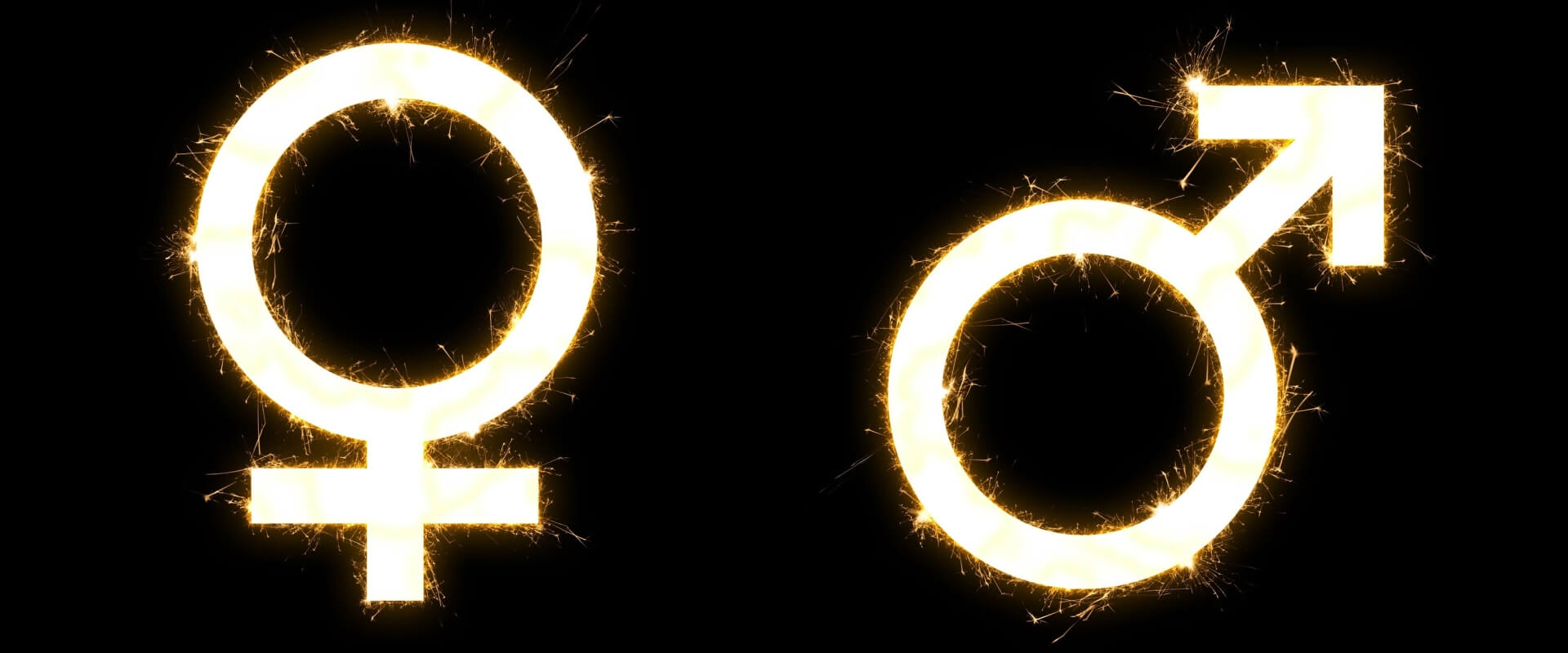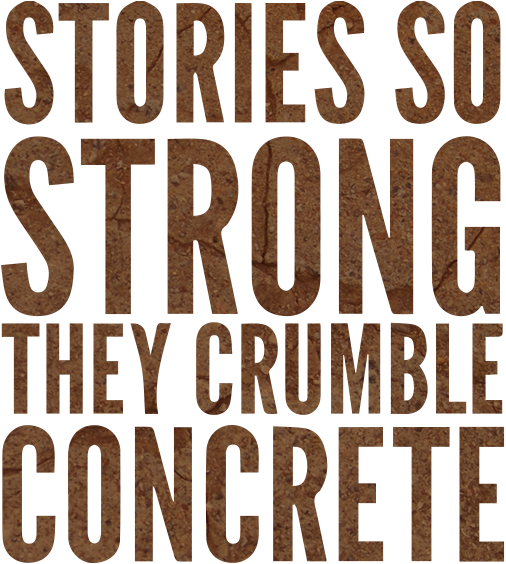Prison Industrial Complex
Beyond Gender-Specific Intervention: Theory-driven Praxis
by Laurie Schaffner

gender juvenile-justice public-policy
Girls are more emotional than boys… You have to get to know them and get them to trust you because girls are more relational… Some of these girls are out here acting like males now, with knives and fights and all… They are obsessed with boys… They act too rude and loud… Girls are just harder to work with…
From interviews with juvenile correctional employees
Gender-responsive” is now a part of the official rhetoric at the Office of Juvenile Justice Delinquency prevention. Due to a surge in interest among delinquency scholars and policy-makers in the 1990s, congruent with a rise in juvenile female arrest rates, more research, theory, and programmatic intervention was introduced for young women in the juvenile legal system (Peters 1998). The 2002 JJDP Act specifically requires that juvenile jurisdictions implement “gender-responsive programming” in order to continue to receive federal funding (OJJDP 2002). Yet gender-responsivity in juvenile corrections remains ineffectual without a clear and contemporary understanding of what gender means in the general public, that is, an understanding of accepted norms for masculinity and femininity.
In sociology, “sex” and “gender” are distinguished in theoretical discussion. “Sex” is used to describe the biological, physiological differences between boys/men and girls/women, although even these binary categories are now under serious challenge. Some of the biological or physiological characterizations utilized to differentiate among “sexes” are presence of mammary glands and breasts, uterus, ovaries, vaginas, testicles, penises and the like, as well as what are sometimes called “secondary sexual characteristics,” such as amount of facial hair, pitch of voice, size of “Adam’s apple,” and such. “Gender” is the term many social scientists deploy to describe the practices, behaviors, attitudes, representations, and portrayals of masculinity and femininity. While debates continue regarding the interchanging of the terms sex and gender, all agree that what is at stake is the meanings and social significance of having differing physiological characteristics. Some argue that the meanings attributed to gender are translated into power hierarchies in everyday life. All these categories are constructs under contention in the current state of theory in the social sciences.
In addition to theoretical and academic battles over interpretations of gender and gender norms, there is no federal juvenile system to lead agreed-upon legal standards of juvenile “corrections.” Juvenile justice is generated locally, usually in county jurisdictions. In most states, counties that have juvenile detention facilities have a juvenile legal system that operates under a statewide commission or court. The uneven development of legal standards has contributed to two important and not unrelated trends in juvenile justice. In the last decade, initiatives addressing “disproportionate minority representation” and “gender-responsive” programming have developed.
Criminology and delinquency literature have long ignored gender as a category of analysis, even though gender remains one of the strongest predictors of arrests among juveniles. In 2002, 74 percent of all juvenile arrests were of boys (Snyder 2002). Yet in the everyday knowledge of juvenile corrections, “gender” means “girls.” To the extent that gender is considered as an analytic or practical tool, scholars and practitioners generally rely upon popular, antiquated, and simplistic notions of femininity and masculinity. This treatment of the category of gender has a detrimental effect on our understanding, intervention, and treatment of young offenders.
I call this a “gender myth disparity.” For example, assaults, battery, and unlawful possession and use of weapons are widely considered “male offenses” by the media and by juvenile corrections. When girls commit these offenses, they are understood to be acting like boys. However, seemingly unbeknownst to the media and juvenile corrections officials, this myth of gendered crime is not supported by the numbers. In contrast to popular opinion, assault, battery and unlawful use of weapons actually rank higher as reasons for the arrests of girls than for boys (Snyder and Sickmund 2000). Similarly, boys form approximately 50 percent of all juvenile arrests for prostitution (Snyder and Sickmund 2000), an offense that is popularly thought of as being committed by girls.
In another equally alarming trend that is even less evident in the popular imagination, over 95 percent of the juveniles who are transferred to adult court are boys. Nationally, over half are boys of color (OJJDP 2001). In some state jurisdictions such as Illinois, almost 100 percent are African American boys and other boys of color (Juvenile Justice Initiative 2002).
Does this indicate that girls are more violent or that boys are more likely to be seen as sex objects? Does it mean that boys of color are more mature than white boys (Schaffner 2002)? Of course not. These data are indications that contemporary society and individual everyday experiences of gender are changing, but our social institutions such as the media, juvenile justice structures, and the academy lag behind. After all, girls live in the same world the rest of us live in: a world of “road rage” and “date rape,” and a variety of new messages about anger and violence. We coin these phrases and then move on, as if we weren’t all living in a little bit more violent day-to-day society.
Below, are highlighted three areas where broadening our understanding of gender, class, race, and sexuality among adolescents in trouble with the law will improve our theory and policy.
- Without including an analysis of racism, ethnic bias, and poverty, our discussion of “gender-specific” is meaningless. Meanings, enactment, and expectations of ideals of femininity and masculinity vary in and across African American, Puerto Rican, Mexican American, Korean, Vietnamese, Japanese, Chinese American, middle-class and low-income families and communities.
- Scholars and policy-makers’ views of young women as in need of protection, empowerment, or punishment are affected (a) by an assumption of heterosexuality, or heteronormativity, and (b) by changes in gender norms of sexuality from chastity to sexual availability. According to the 1999, CDC YRBS, 50 percent of all high school students had sexual intercourse in their lifetime. Same-sex sexual debut is not captured in that assessment, which points to another crisis in our understanding of how to ameliorate homophobia and create safety for lesbian and queer youth.
- Gender-specific programming is too often misunderstood as programs that teach manners to rude, loud (read “Black”) girls. In a recent gender-responsive system change conference, the featured program highlighted that teaching manners to girls in the juvenile justice system was representative of “best practices.”
What difference does a gendered analysis make in public policy geared towards female juvenile offenders? It is ironic that, while most moral panics and social policy focus on girls’ and women’s lives, such as the tropes of unwed teenage pregnancy, welfare cheats, crack-addicted mothers, wanton sexuality, and battered wife syndrome, most studies are concerned with conditions, situations and experiences of men and boys. These studies focus on men and boys in relation to delinquency, incarceration, drug use, gang activity, gun violence and other social ills.
A further irony is that a “gender” analysis is not sufficient. In interviewing policy-makers, I find that although, in the main, they can produce a standard answer to the query, “what are gender-responsive services?” many juvenile justice officials tend to rely on antiquated notions of masculinity and femininity. Furthermore, we do not ask policy-makers and juvenile court, probation, detention, and correctional personnel what they are doing about the crisis of masculinity and about the boy-specific services they provide. In best practices for juvenile corrections for boys, are they taught manners as well? This lack of sophistication in the deployment of the popular rhetoric of “gender-specific” results in further inadequate opportunities for youth in trouble with the law, especially when it lacks an analysis of the devastating effects of poverty, joblessness, family dissolution, and racism among youth populations.
The reasons for which girls come to the attention of the state have changed. One hundred years ago, girls got into trouble mainly for immoral sexuality and vice. Today, battery and assault rank higher as reasons for the arrest of girls than they do for boys. Furthermore, in detention centers across the nation, close to 75 percent of female juvenile detainees are girls of color, girls who have experienced sexual, physical, and emotional victimization, brutality, and neglect, and girls who come from impoverished families.
There are various activities we can do to help: listening to young women about their lives, speaking with adults who work with them, and looking to a variety of literature to assist us in clarifying what we are seeing1. As what we learn in the sociology of gender, race, and class grows further separated from our knowledge and study of delinquency, our juvenile legal policy weakens. We must not separate the academy from the juvenile justice system. Instead, we should draw from a wider variety of knowledge sources such as adolescent developmental psychology, the sociology of education, urban studies, sociology of emotion, gender identity formation, and critical race theory, in order to theorize and develop policy interventions. We must challenge the popular “dumbing down” of the United States political climate, championed by the “C” student in the White House. Studying urban policies that focus on gender, adolescence, and legal transgression reveals that debates in several arenas, including the prosecution of girls for violent crimes, the underlying rationale for prosecuting juveniles as adults, and the development of culturally-sensitive gender-specific interventions are currently being waged. We must challenge underlying traditional assumptions about masculinity and femininity, as well as offer critical resistance as a method for problem solving in these areas. I argue that “gender-specific” must include challenging cultural myths of race, ethnicity, femininity, and masculinity. Gender-responsive programming should teach young women how to think critically about the stereotyping of urban youth, and how stereotyping limits their access to opportunities based on gender, class, race, ethnicity, and sexuality. Based on data in my forthcoming book derived in research in juvenile justice jurisdictions from four states across the United States and reviews of contemporary journal articles and government statistics, I am increasingly finding it absurd to consider intervention and redirection in the lives of troubled young women without considering the social forces of racism and poverty. A gender-specific approach should challenge traditional cultural myths of masculinity and femininity, not teach manners. Gender-responsive projects should teach critical thinking skills and model resistance to gender stereotyping. It is facile to say that girls are now “acting like boys”. Based on my interviews and ethnographic observations, girls who come to the attention of juvenile corrections have witnessed violence, have histories of family violence in their childhoods, have perpetrated domestic violence on their girlfriends, and have physically fought back from boys’ sexual harassment. These young women are not acting like boys; they are acting like young women act under certain conditions of duress and travail. There are no morally neutral narratives - descriptions and evaluations, both quantitative and qualitative alike, are located in hierarchies of power. Ultimately, they will read as apologies or critiques. The presentation of data from interviews and observations that we so badly need will demystify the obscured, everyday operations of oppression and resistance to sexism and racism for girls in trouble with the law.
Notes
1 See my forthcoming manuscript, Worlds of Girls in Trouble with the Law.



